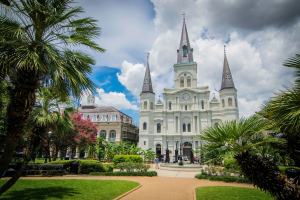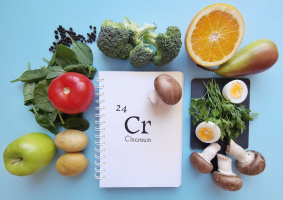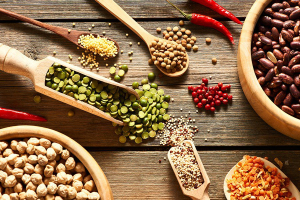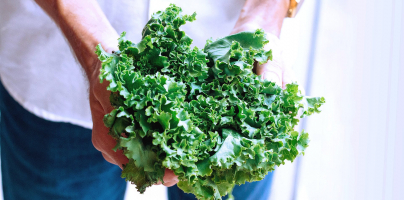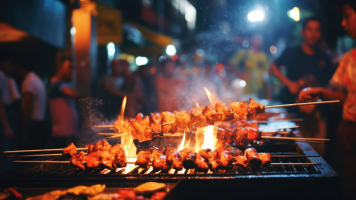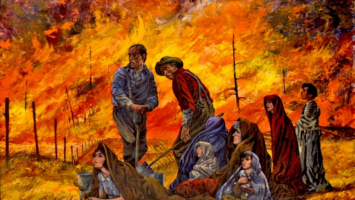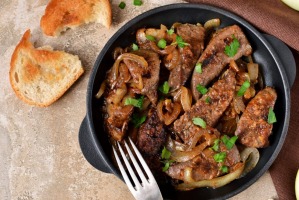Top 10 Foods That Were Born in the Americas
Prepared foods were developed from natural flora and game, as well as those tended by farmers, and are still mostly unknown outside of the Americas and ... read more...considered an acquired taste by many tourists who visit there. Others, like cheeses made in America, have gained popularity in Europe and Asia. Here are ten native American-based foods that were created in the Americas, some of which are well-known and others which are not.
-
Similar to gumbo, jambalaya is available in both Creole and Cajun varieties, and both rely on a trinity-inspired Louisiana cuisine staple (onions, celery, and bell pepper, all finely chopped). It incorporates flavors from African, Native American, French, and Spanish cuisine. Tomatoes are a key ingredient in the Creole variation. The Cajun version, which has a lot of different vegetables, does not. Even the name appears to be a mash-up of French, Spanish, and a nearby Native tribe.
Although the Spanish dish paella is present in both variants, jambalaya is a specialty of the southern United States. A variation appeared close to Charleston, South Carolina, but it most likely originated with the sailors who first met it in New Orleans, not the locals. All variations mix rice, French, Spanish, or African flavors, as well as either meats, fish, or both. Alligator meat was frequently used in the one-pot dish's Cajun variations. Shrimp and chicken are more commonly used in creole variations. Both depend on sausage, most frequently andouille.
Prior to the introduction of cookery networks, which made previously unheard-of cuisine available 24 hours a day, the meal, which is particularly American, was mostly unknown outside of the Atlantic and Gulf coastal regions. Prior to the broad availability of recipes, practically every jambalaya was unique, with cooks employing the ingredients available to construct a robust and full dish, similar to its distant relative gumbo. It was frequently paired with cornbread, another dish that was uniquely American. In fact, one recipe marries jambalaya with cornbread flavored with maple syrup, a union of multiple dishes wholly indigenous to the Americas.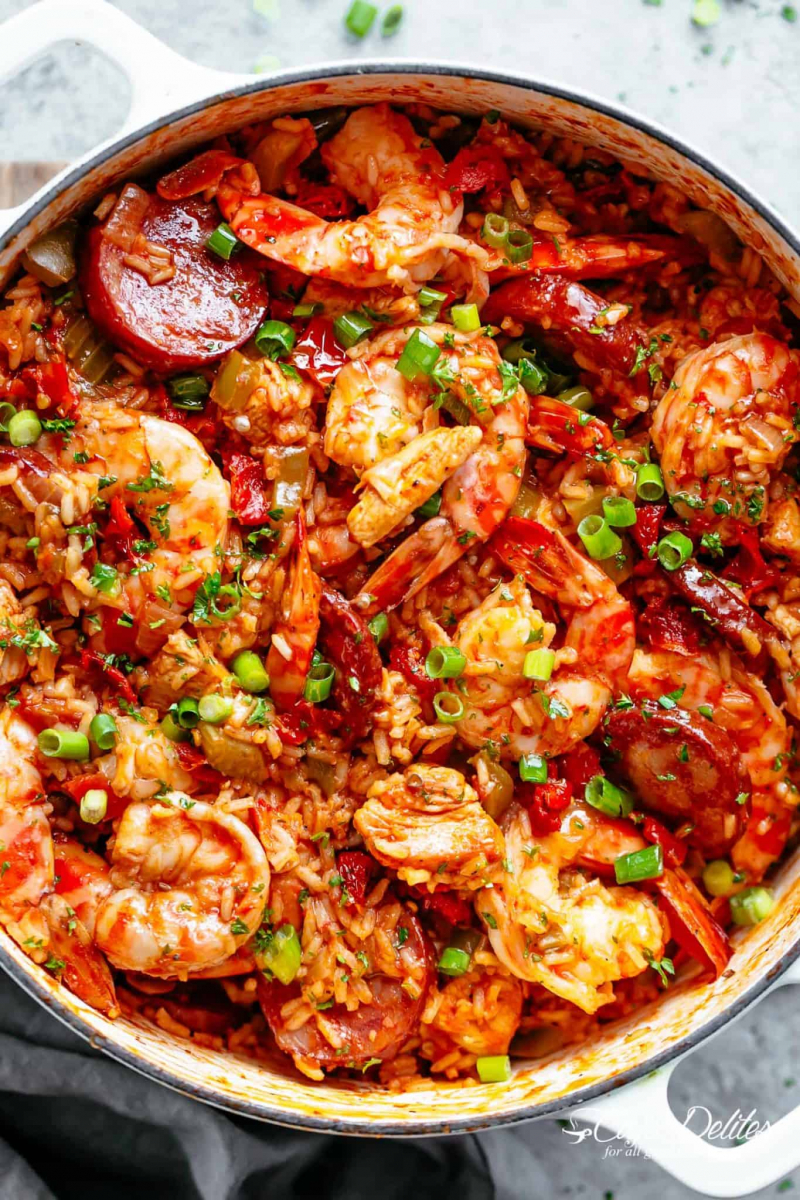
https://www.embassydirect.co.za 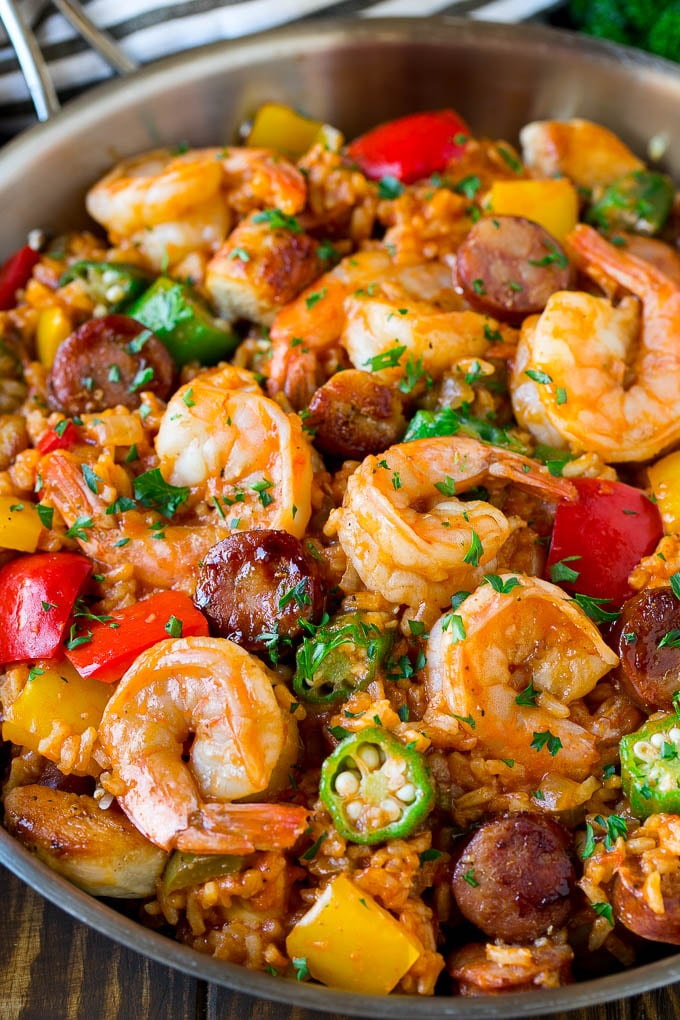
https://www.pinterest.com/ -
Some claim that Joseph Steinwand, a cheesemaker, purposefully experimented in 1885 to create an altogether new variety of orange cheese. Others claim that the discovery was a mistake brought about by his carelessness while creating cheese during the cheddaring process. Whatever it was, the new cheese was less dry and had a gentler flavor than aged cheddar. It could also be produced faster than cheddar because it did not require the laborious cheddaring procedure to get the cheese ready for aging and curing.
Steinwand gave the new cheese the name Colby cheese in honor of the Wisconsin town of Colby, where it was invented, rather than his own business. His cheese has an orange color, irregular holes, a little grainy texture, and is classified as semi-hard cheese. The cheese also goes by the moniker Longhorn Colby Cheese since it is typically made in long cylinders known as Longhorns.
Since Colby was produced here and not in an effort to copy or outperform an already-existing European cheese, it can be considered the first truly American cheese. It has been combined with another American cheese, Monterey Jack, to create a well-liked snack cheese. Colby (and Monterey Jack) make up a sizable amount of the almost $1.4 billion worth of cheese that the US exports annually, ranking it as the fifth-largest cheese exporter in the world.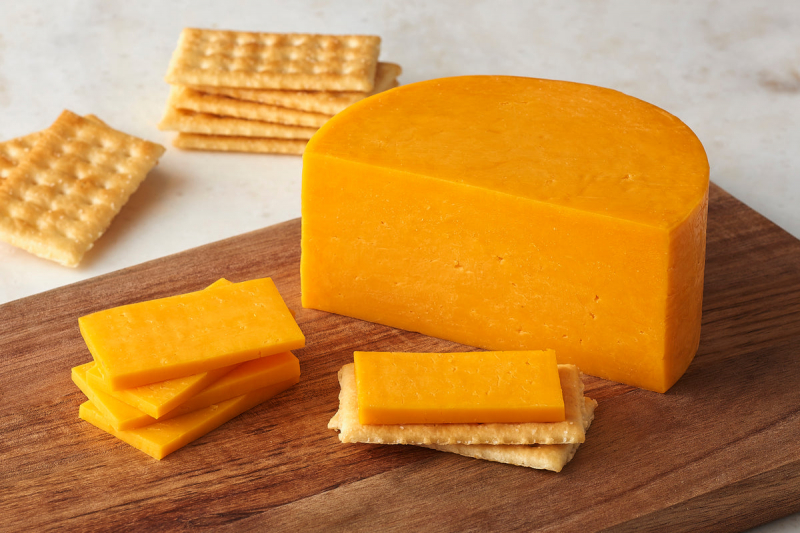
https://shop.burnettdairy.com/ 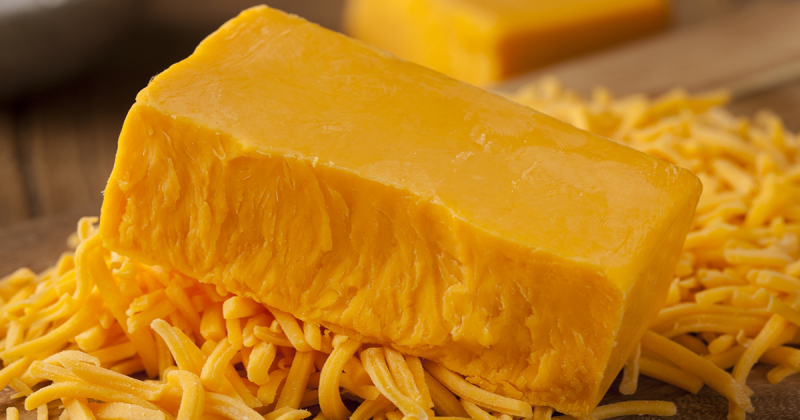
https://www.tasteatlas.com/ -
Before European explorers arrived in the New World, the potato had already spread through the Andes and into Central America after being initially domesticated in ancient South America. Similar to how we use potatoes today, the ancients boiled, baked, and mashed them. To augment their diets of salty meat and hard bread, sailors brought potatoes back to Spain on their ships as they left the area. In the 1500s, inhabitants of Spain and Portugal who had attained civilized status did not believe potatoes were fit for human sustenance. Its usage increased progressively throughout Europe, becoming accepted as a meal fit for both soldiers and peasants. The potato had become popular in France by the late 18th century and was widely consumed in Britain and Ireland.
In the 18th century, the English colonies brought the potato from the Old World to the New. It was widely grown and consumed on both sides of the Atlantic by the middle of the century. It has the benefits of being cheap and quite simple to grow, as well as suitable for long-term storage. The potato was viewed suspiciously by the Catholic Churches, both Roman and Eastern Orthodox, the former because it was produced underground and the latter because it was not mentioned in the Bible.
There is a persistent myth that the potato chip was created in America in 1853 by a chef in Saratoga, New York. However, recipes for the snack were kept for many years before that. There is no doubt that the potato originated in the Americas, and throughout the following centuries, the rest of the world only reluctantly accepted it as a source of sustenance. In the modern world, there are around 5,000 different varieties of potatoes, and 99% of them can be linked by DNA to a variety that originated in ancient Chile.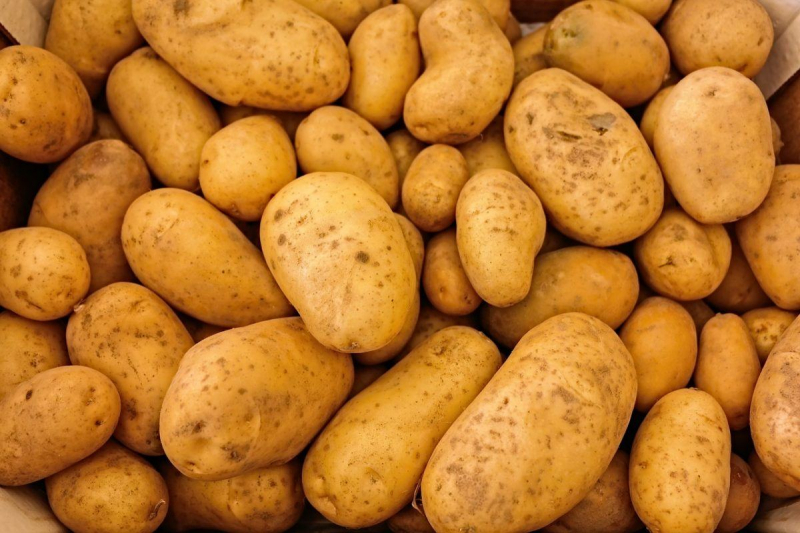
https://www.hsph.harvard.edu/ 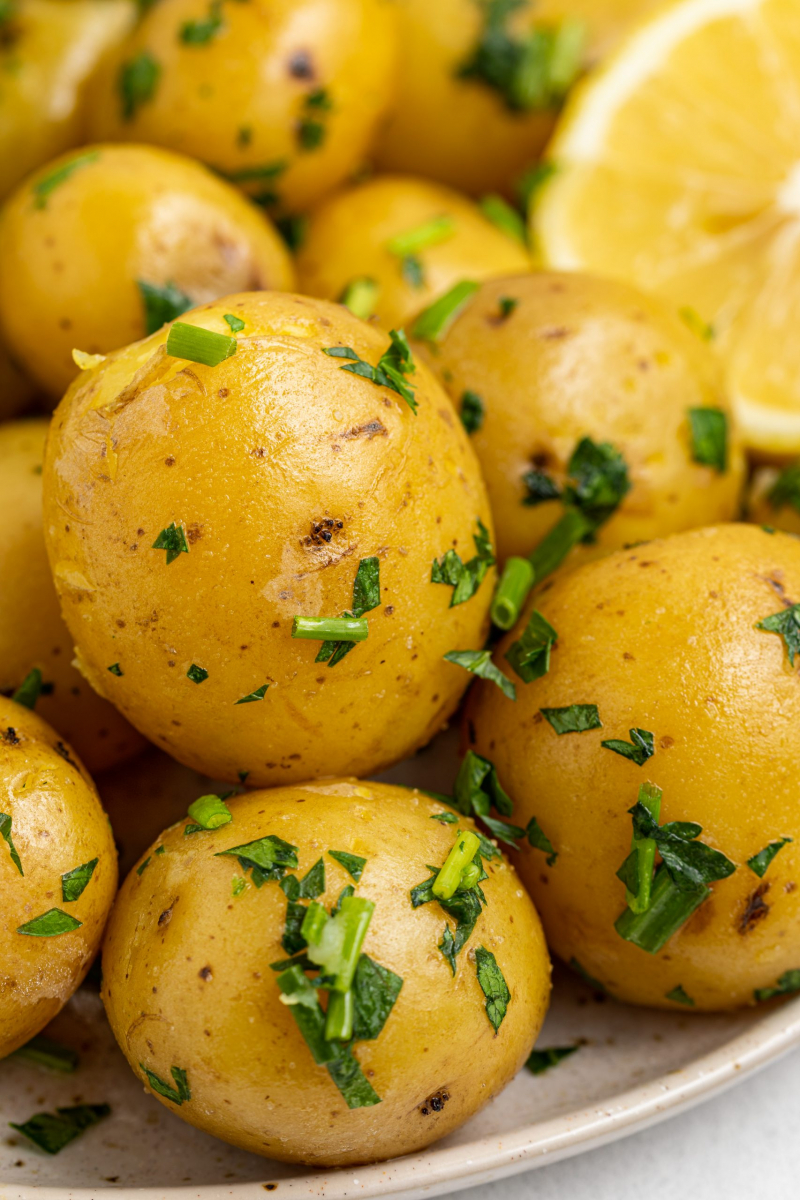
https://easyhealthyrecipes.com/ -
The inhabitants of Central and South America were discovered consuming a beverage prepared from the seeds of a plant then unknown to the Europeans: the cocoa (also known as cacao) tree. The Mayans gave the drink the name xocoatl, which translates as "bitter water," indicating its characteristics. The bitterness of the drink was masked by a variety of flavorings utilized by the ancients, who consumed it as a health tonic and were unaware of sugar. Although Hernan Cortez carried the seeds and the methods for turning them into a beverage to Spain in 1528, it was Columbus who first found the drink on his fourth journey.
Cortez deserves credit for turning the bitter beverage into something the nobles could only buy by adding sugar, which made it infinitely more palatable. In the mid-17th century, the French figured out how to use chocolate into confections. Later in the same century, cakes and rolls with chocolate and sugar flavors were available in London coffee shops. Up until 1830, chocolate was only used as a flavoring or beverage. Then, the British figured out how to make solidified chocolate that could be eaten. Finally, milk chocolate was developed by a Swiss chocolatier in 1875. The Swiss government designated Swiss chocolate as a national food in 1910.
Today, chocolatiers from all over the world extol the superiority of their goods, and chocolate is used to flavor cuisine everywhere. It is available in a wide range of flavors, such as milk chocolate, semi-sweet, unsweetened, dark, and others. Few people connect it to a traditional dish and drink that was solely consumed by Mesoamerican locals prior to the arrival of Europeans in the 15th century. Today, Austria is the country that consumes the most chocolate per person, followed by Switzerland. The amount of chocolate consumed annually per person in Switzerland is about 19 and a half pounds, which is double that of Americans. In Switzerland, about 19% of adults are considered obese, compared to over 36% in the US. Oh, right.
http://www.istockphoto.com 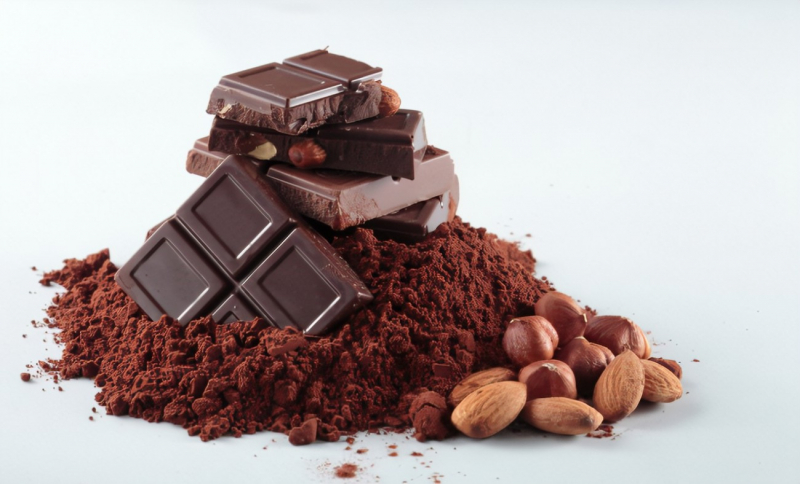
http://hers-magazine.com/ -
The English settlers in New England observed the Native tribes scraping the maple trees' bark in order to collect the sap that poured from them each spring. Boiling food, especially meat from game, in the sap added taste to the dish. The procedure made the meat sweeter. The Native American cultures utilized maple sugar as a sweetener or consumed it as candy by simply boiling the sap. The practice was immediately adopted by the English. A valuable trading good was also maple sugar. Because there was no practical way to store it, maple syrup as we know it today was avoided.
Since maple sugar was far less expensive than the sugar produced by the plantations in the West Indies, it was exchanged around the English colonies. On their Virginia properties, George Washington and Thomas Jefferson each planted maple groves. By that time, storage innovations had elevated maple syrup to a desirable product. One of Washington's favorite treats at Mount Vernon was ice cream with maple syrup, which he cherished. The manufacture of maple syrup emerged as a major industry in the nascent United States, with New England being the top producer.
The wonderful syrup and sugar were made from a deciduous sugar maple that is indigenous to southern Canada and the northeastern United States. Since they originated in the Americas, maple syrup and sugar are still more popular there than everywhere else in the globe. True maple syrup, which is frequently only used as a flavoring for corn syrup, is sadly present in very few of the syrup bottles that can be found on grocery store shelves today. You can only get maple sap for syrup once a year. Since real maple syrup is currently far more expensive than its imitation competitors, many Americans have never had it. Their loss is mine.
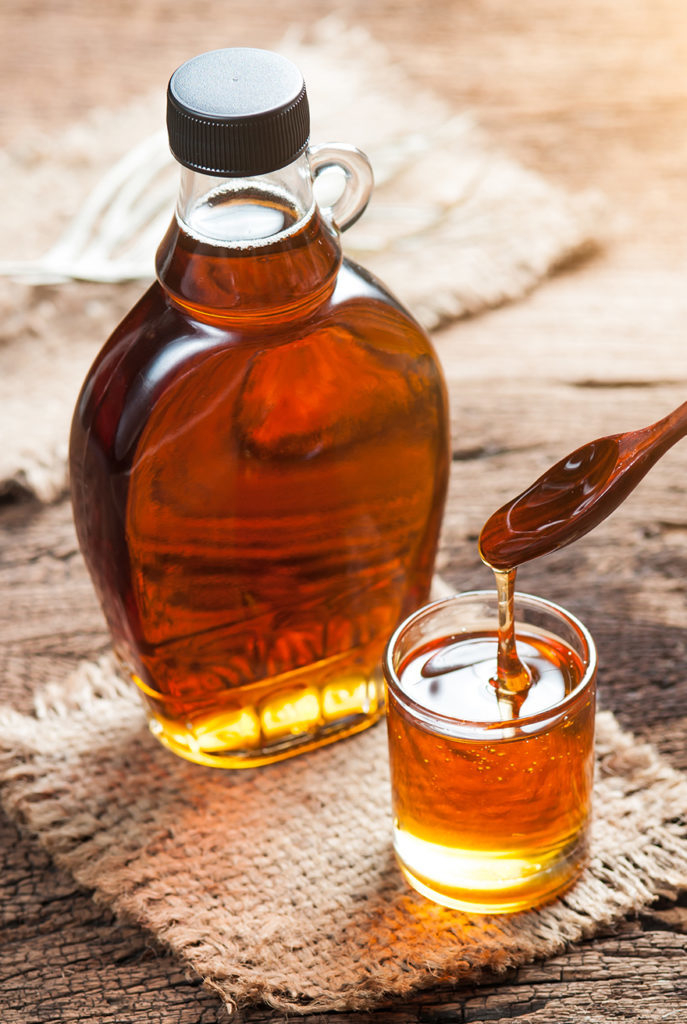
https://mynaturecenter.org/ 
https://www.myweekly.co.uk/ -
Clams, oysters, mussels, scallops, and other kinds of shellfish were abundant along the east coast of North America and in the tidal estuaries there. In the early colonial era and for more than a century afterward, anyone could easily purchase them. Clam chowder is a dish that was either created by New Englanders in Massachusetts or Rhode Island or by fisherman in Nova Scotia, with the latter having the better case.
Because of the large number of Italian immigrants in the New York area, tomatoes were added to a clam broth, creating the Manhattan Clam Chowder style. Some people believe that even calling it chowder is close to heresy. The Manhattan version was described as a "quite terrible soup" by James Beard. Clam chowder comes in a variety of flavors and cooking methods, but all originate in North America.
The word "chowder" serves as the justification in favor of the Nova Scotian fishermen. It comes from the French word chaudière, which means cauldron. When French fishermen saw Native Americans eating clams and edible tubers cooked together in a pot, they replicated the practice and used other types of fish they had captured as well. After that, the soup was thickened with hardtack, or crushed ship's bread, which was so tough that it could hardly be eaten. During the westward movement, clam chowder in all of its varieties went across America and discovered a new ready supply of its primary ingredient near the Pacific coast.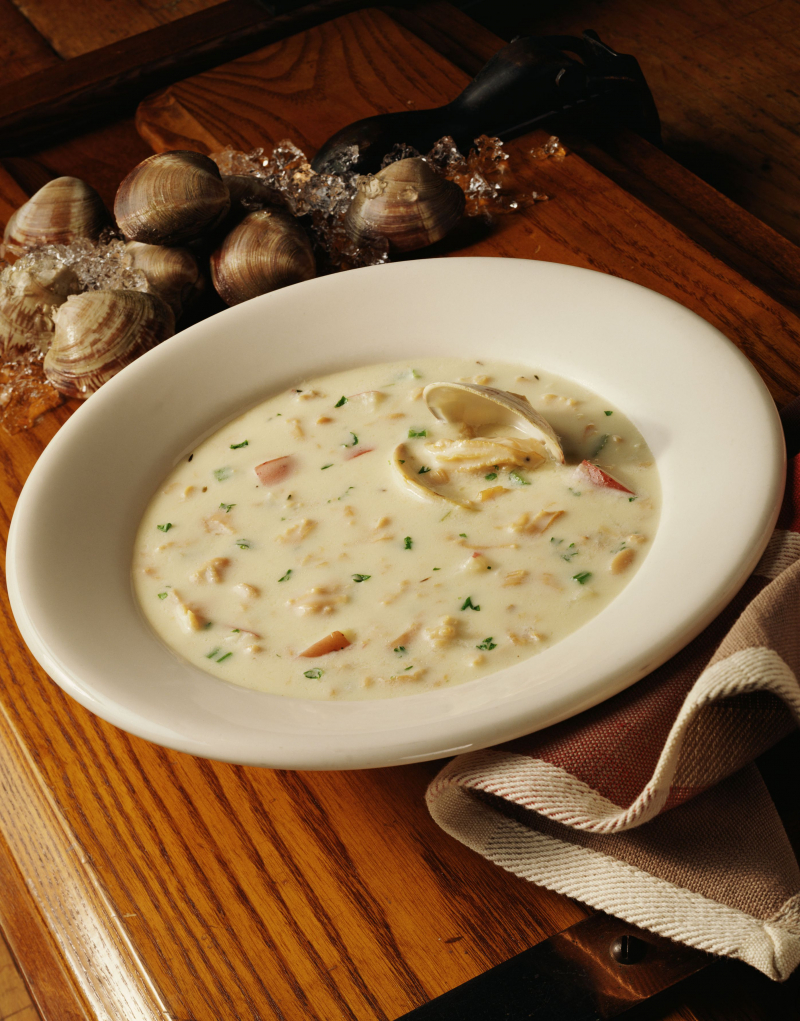
https://www.thespruceeats.com/ 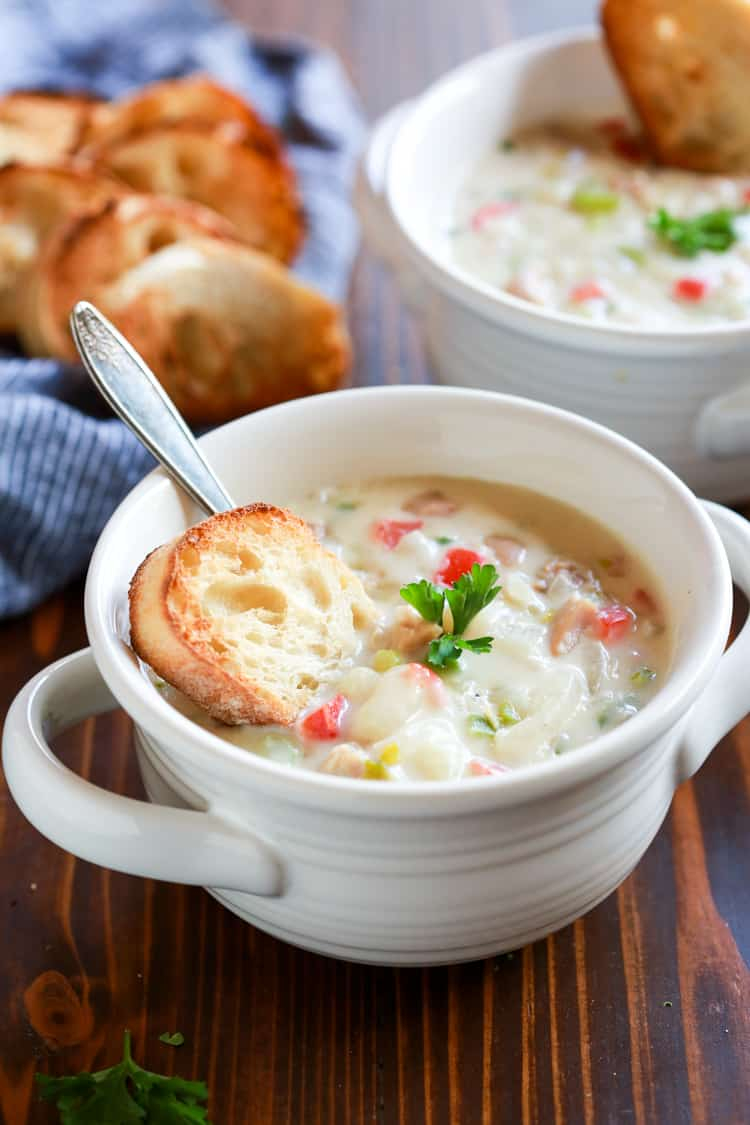
https://therecipecritic.com/ -
Buffalo wings are an American invention that allow people to enjoy the long-disliked chicken wings as a snack dish, an appetizer, or as a way to compete in how much intense heat they can take. Although numerous organizations in Buffalo, New York, assert competing claims to being the dish's creator, the city claims to be the "Chicken Wings Capital of the World." Chicken wings a la Buffalo became popular in American football after the Buffalo Bills won the Super Bowl, and the beforehand media frenzy put the dish on televisions all over the country.
The Anchor Bar in Buffalo proudly advertises that it is the "Home of the Original Buffalo Chicken Wings" on a huge sign. At least four additional Buffalo businesses contest that assertion. And their conflict goes beyond a simple neighborhood family quarrel. There are rumors that Buffalo Wings' signature spicy sauce-coated fried chicken wings notion came from somewhere other than the city on Lake Erie.
One such assertion originates from a city on a different Great Lake. Chicago was reportedly the first city to regularly serve the concoction, according to some cuisine experts. During Prohibition, they were a part of the "free lunch" that enticed clients to buy more illegal alcohol in Chicago speakeasies. The cost of obtaining chicken wings from the slaughterhouses allowed speakeasies to afford to give them away. The hot sauce, sometimes known as Mumbo Sauce, got its start in a Chicago barbecue joint.
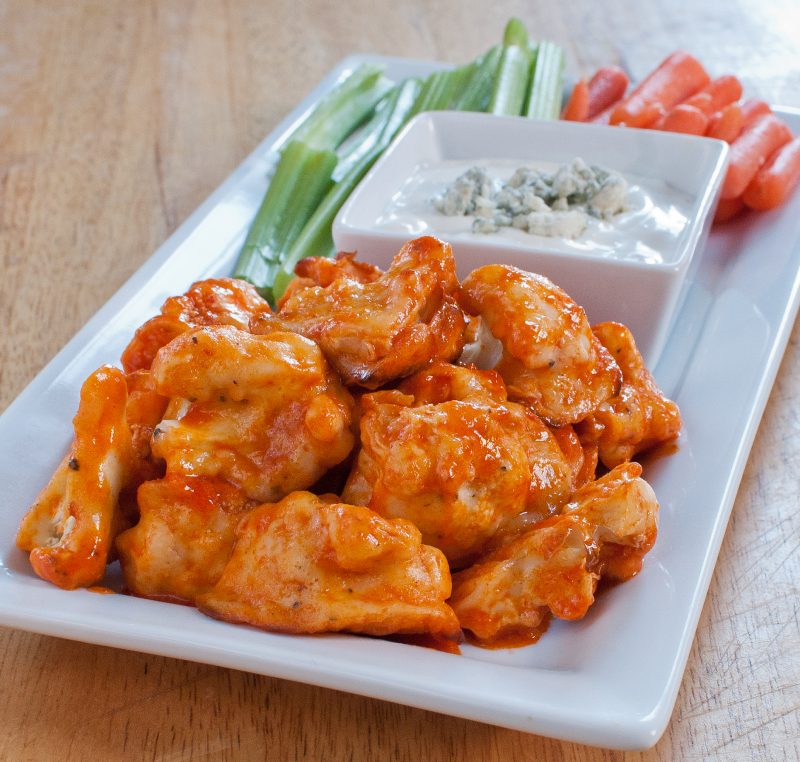
http://www.baked-in.com 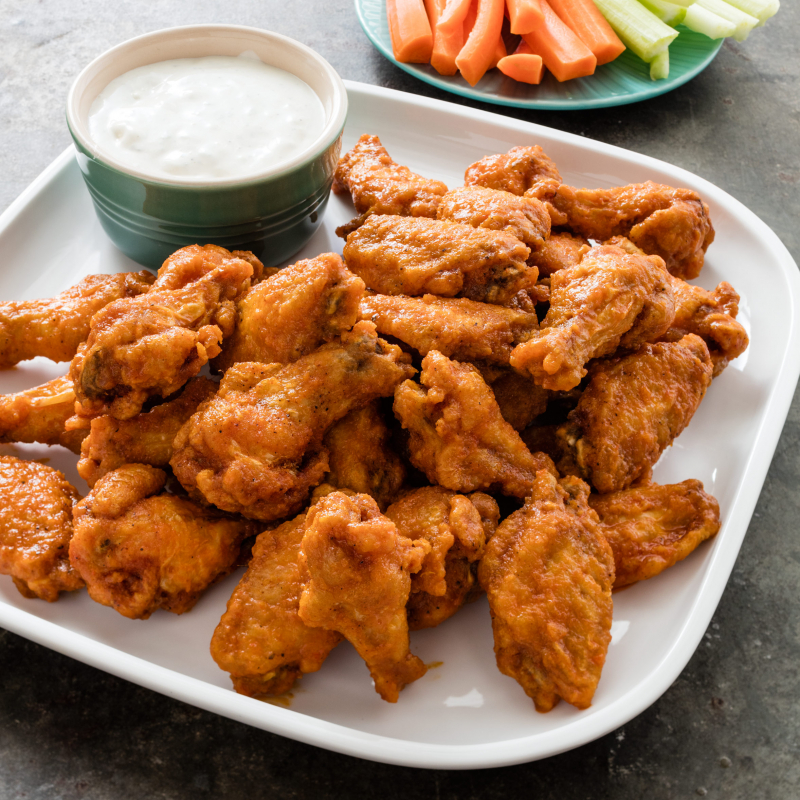
https://www.cooksillustrated.com/ -
The second Spanish mission in what would become California was established at Monterey in the year 1770. There, the missionaries produced animals as well as crops they were accustomed to from their own Spain, such as olives and oranges. From the latter, they made cheese out of the milk and preserved it in the fashion of the past. When the soft white cheese was sold, money was made in addition to food. California was given to the United States by the Treaty of Guadalupe Hidalgo in 1848, ending the Mexican-American War.
Gold was found in California in 1849, which led to the Gold Rush and an influx of land speculators, including David Jack. Through a series of fictitious legal processes, Jack was able to acquire title to the majority of Monterey, including ownership of the dairies and farms that had expanded since the Spanish monks' arrival. He started selling the locally made cheese under the brand "Jack's Cheese" after seeing its commercial potential. It ultimately acquired the name Monterey Jack's cheese. Much later came flavored jacks, such pepper jack.
It is unclear who actually came up with the recipe, which is now referred to as a sort of cheese rather than a particular brand. When producing white queso dips and other Mexican and Californian cuisine, Monterey Jack cheese is the preferred option. Although very well-liked in North America and Mexico, Americans do not favor this white cheese the most. That distinction belongs to mozzarella, an Italian import that is often regarded as a fundamental pizza topping.
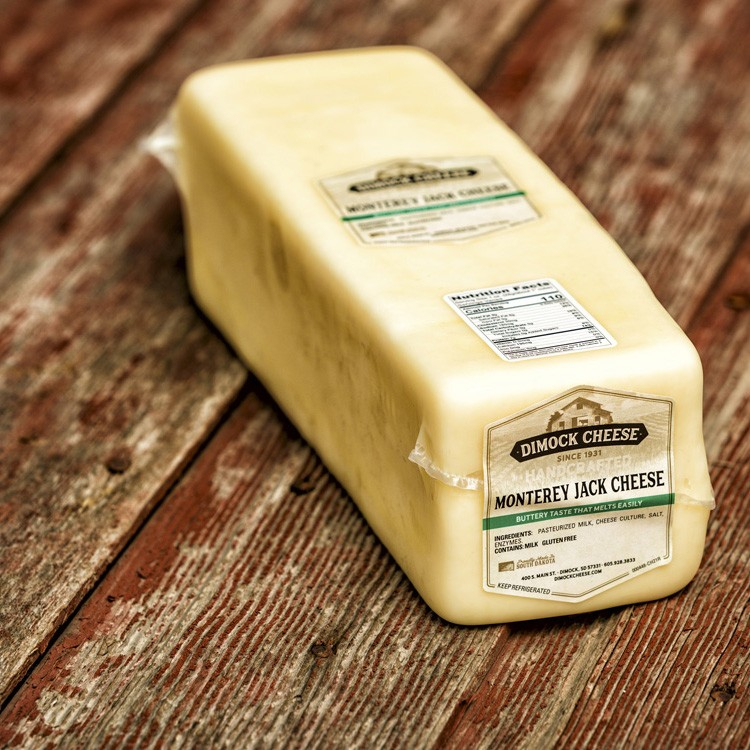
https://www.dimockdairy.com 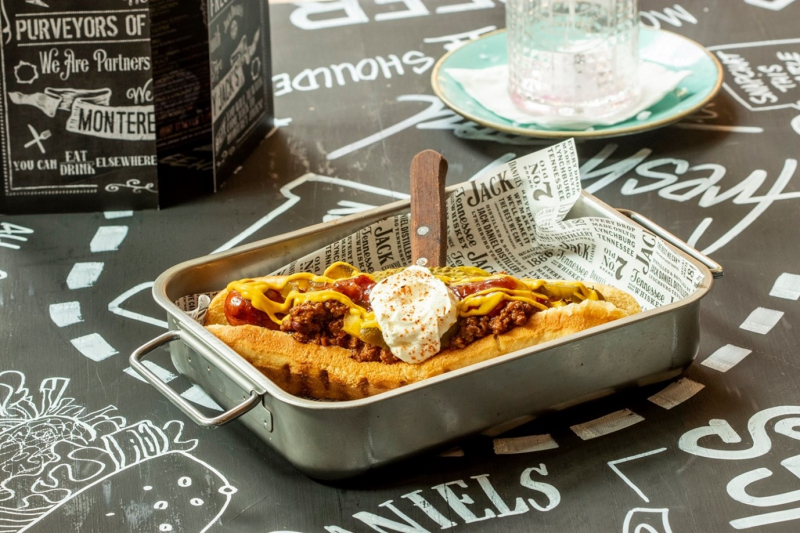
https://www.what-franchise.com -
Gumbo is a dish—or more accurately, a group of dishes—that is exclusive to the United States and has its roots in the state of Louisiana. In the late 18th and early 19th centuries, when gumbo first made an appearance on tables and in camps, the region was a melting pot of French, Spanish, English, African, and Native American peoples and civilizations. The dish's primary component, okra, is named after a West African language. Native Americans were the first to use the flavoring of dried, crushed sassafras leaves that is now known as "filè." The foundation of gumbo is a rich, black roux, which is a French cooking invention.
Sausage, pig, chicken, turkey, shrimp, oysters, crabmeat, ham, rabbit, beef, and whatever else the cook has on hand are all common sources of animal protein in gumbos. Seasonal events call for some unique gumbos. Stews cooked over a fire in hunting and fishing camps are among the others. Despite being available across North America today, gumbos continue to be most popular in the South, particularly in the Cajun region of Louisiana. It is typically served with rice, another regional delicacy.
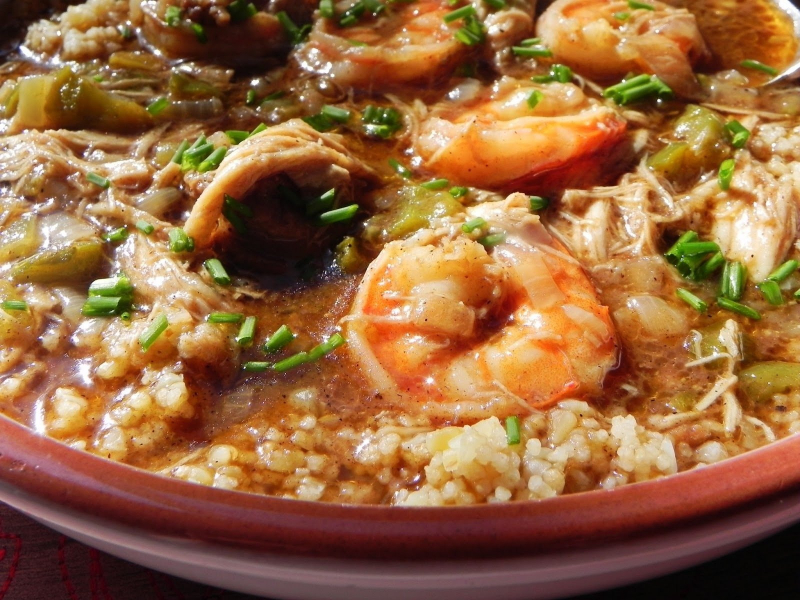
http://blog.gulflive.com 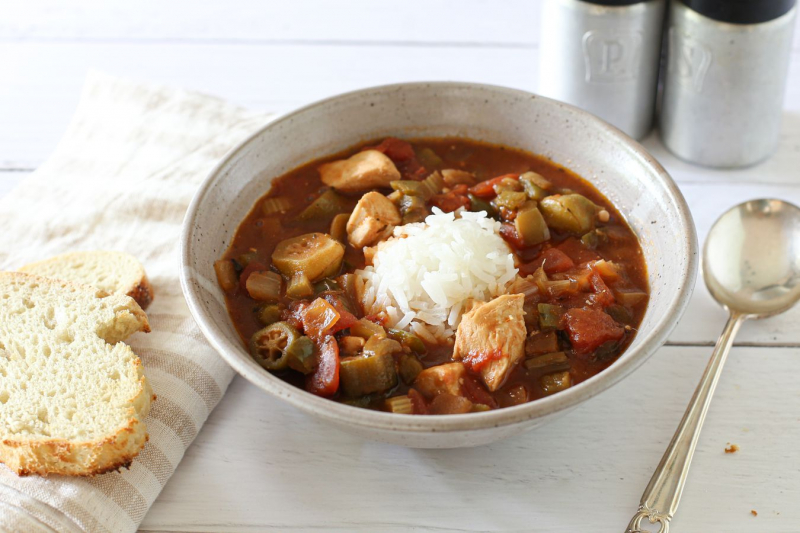
https://www.thespruceeats.com/ -
Prior to the advent of the Spanish in the late 15th century, domesticated maize, or corn in the English-speaking world, spread from Central America to South and North America. The Indians were eating ground corn that had been combined with water and roasted on rocks or in ovens when the Spaniards and Portuguese arrived. The native tribes were engaged in the same activity when the Europeans arrived in North America. The English pioneers inherited the custom, but they also made spoon bread by cooking crushed corn into a thick porridge.
The porridge mixture could be baked rather than boiled thanks to the invention and widespread use of leavening ingredients like baking powder, and the result was cornbread. For lunch, students in schools, and travelers between far-off and frequently questionable dining establishments all packed cornbread. Later, it was made in loaves, muffin tins, flat cakes, and specialty cast iron molds in the shape of corn ears. In religiously orthodox New England Prior to the Sabbath, it was cooked for consumption the next day. It gained widespread acceptance, especially among the least wealthy in North America. Compared to pricey wheat flour-based breads and biscuits, it was significantly less expensive.
The antebellum South saw a rise in popularity of leavened cornbread, which is still a favorite today. The food was known as corn cake in New England during that time and was commonly made from ground corn, butter, salt, and flour. Sugar is frequently added today. Just like the baguette is France's national bread, cornbread can legitimately be referred to as American bread. The world's largest harvested grain, maize, is used in cuisines all around the world even though it is not commonly consumed there.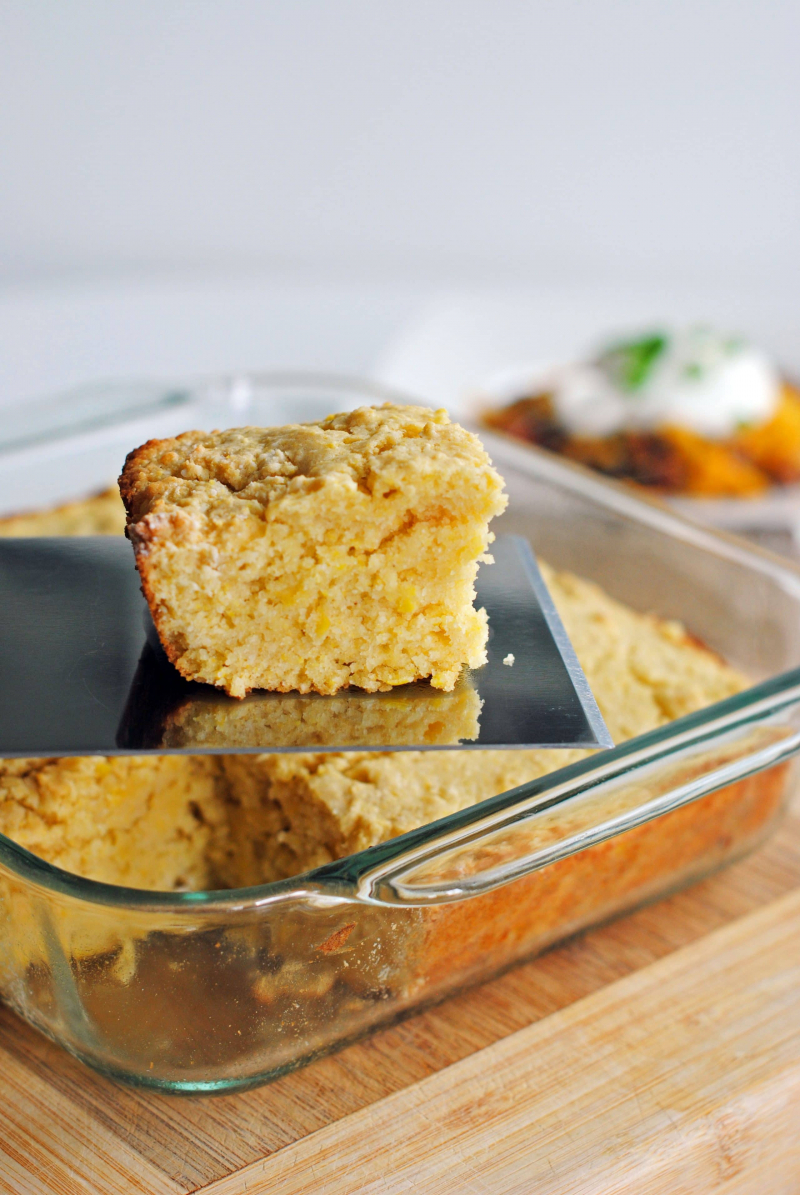
https://thecakechica.com/ 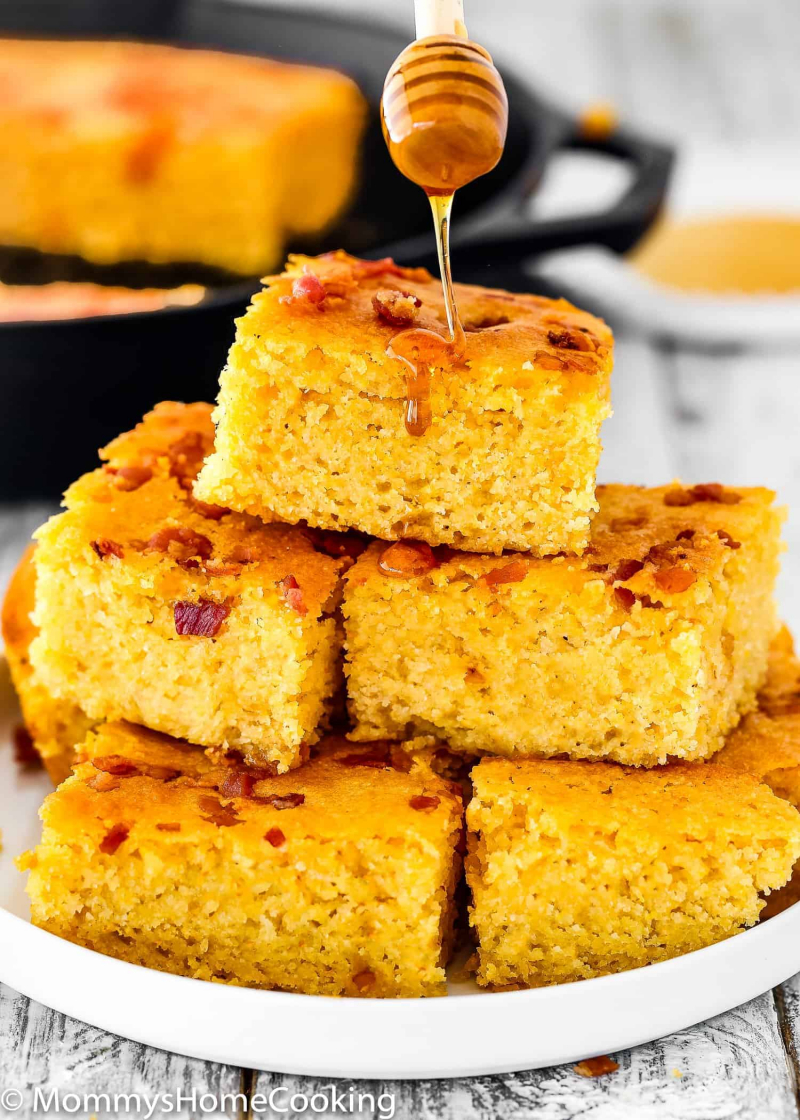
http://mommyshomecooking.com/













